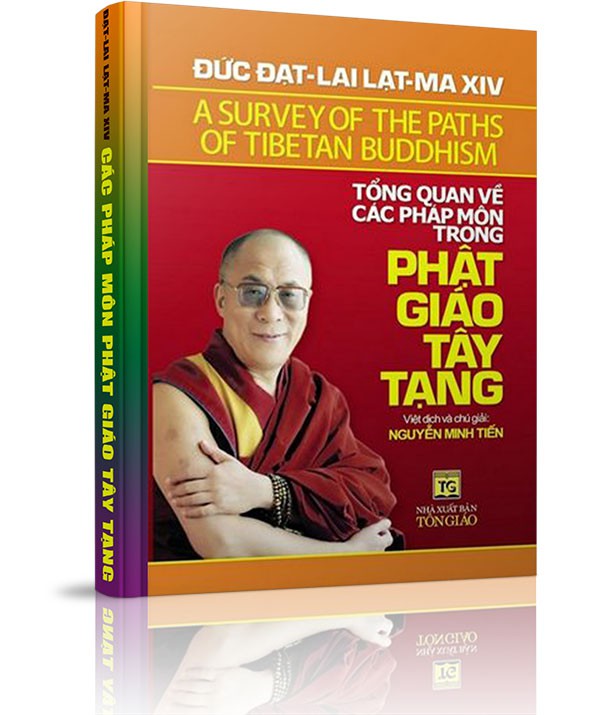Ai sống một trăm năm, lười nhác không tinh tấn, tốt hơn sống một ngày, tinh tấn tận sức mình.Kinh Pháp cú (Kệ số 112)
Để đạt được thành công, trước hết chúng ta phải tin chắc là mình làm được. (In order to succeed, we must first believe that we can.)Nikos Kazantzakis
Hào phóng đúng nghĩa với tương lai chính là cống hiến tất cả cho hiện tại. (Real generosity toward the future lies in giving all to the present.)Albert Camus
Hãy nhớ rằng, có đôi khi im lặng là câu trả lời tốt nhất.Đức Đạt-lai Lạt-ma XIV
Yêu thương và từ bi là thiết yếu chứ không phải những điều xa xỉ. Không có những phẩm tính này thì nhân loại không thể nào tồn tại. (Love and compassion are necessities, not luxuries. Without them humanity cannot survive.)Đức Đạt-lai Lạt-ma XIV
Trực giác của tâm thức là món quà tặng thiêng liêng và bộ óc duy lý là tên đầy tớ trung thành. Chúng ta đã tạo ra một xã hội tôn vinh tên đầy tớ và quên đi món quà tặng. (The intuitive mind is a sacred gift and the rational mind is a faithful servant. We have created a society that honor the servant and has forgotten the gift.)Albert Einstein
Cái hại của sự nóng giận là phá hoại các pháp lành, làm mất danh tiếng tốt, khiến cho đời này và đời sau chẳng ai muốn gặp gỡ mình.Kinh Lời dạy cuối cùng
Thành công không phải là chìa khóa của hạnh phúc. Hạnh phúc là chìa khóa của thành công. Nếu bạn yêu thích công việc đang làm, bạn sẽ thành công. (Success is not the key to happiness. Happiness is the key to success. If you love what you are doing, you will be successful.)Albert Schweitzer
Thương yêu là phương thuốc diệu kỳ có thể giúp mỗi người chúng ta xoa dịu những nỗi đau của chính mình và mọi người quanh ta.Tủ sách Rộng Mở Tâm Hồn
Giữ tâm thanh tịnh, ý chí vững bền thì có thể hiểu thấu lẽ đạo, như lau chùi tấm gương sạch hết dơ bẩn, tự nhiên được sáng trong.Kinh Bốn mươi hai chương
Cách tốt nhất để tiêu diệt một kẻ thù là làm cho kẻ ấy trở thành một người bạn. (The best way to destroy an enemy is to make him a friend.)Abraham Lincoln
Trang chủ »» Danh mục »» TỦ SÁCH RỘNG MỞ TÂM HỒN »» A Survey of the Paths of Tibetan Buddhism »» Concentration »»
 Xem Mục lục
Xem Mục lục 

DO NXB LIÊN PHẬT HỘI PHÁT HÀNH
Mua sách qua Amazon sẽ được gửi đến tận nhà - trên toàn nước Mỹ, Canada, Âu châu và Úc châu.
Quý vị đang truy cập từ IP 216.73.216.80 và chưa ghi danh hoặc đăng nhập trên máy tính này. Nếu là thành viên, quý vị chỉ cần đăng nhập một lần duy nhất trên thiết bị truy cập, bằng email và mật khẩu đã chọn.
Chúng tôi khuyến khích việc ghi danh thành viên ,để thuận tiện trong việc chia sẻ thông tin, chia sẻ kinh nghiệm sống giữa các thành viên, đồng thời quý vị cũng sẽ nhận được sự hỗ trợ kỹ thuật từ Ban Quản Trị trong quá trình sử dụng website này.
Việc ghi danh là hoàn toàn miễn phí và tự nguyện.
Ghi danh hoặc đăng nhập